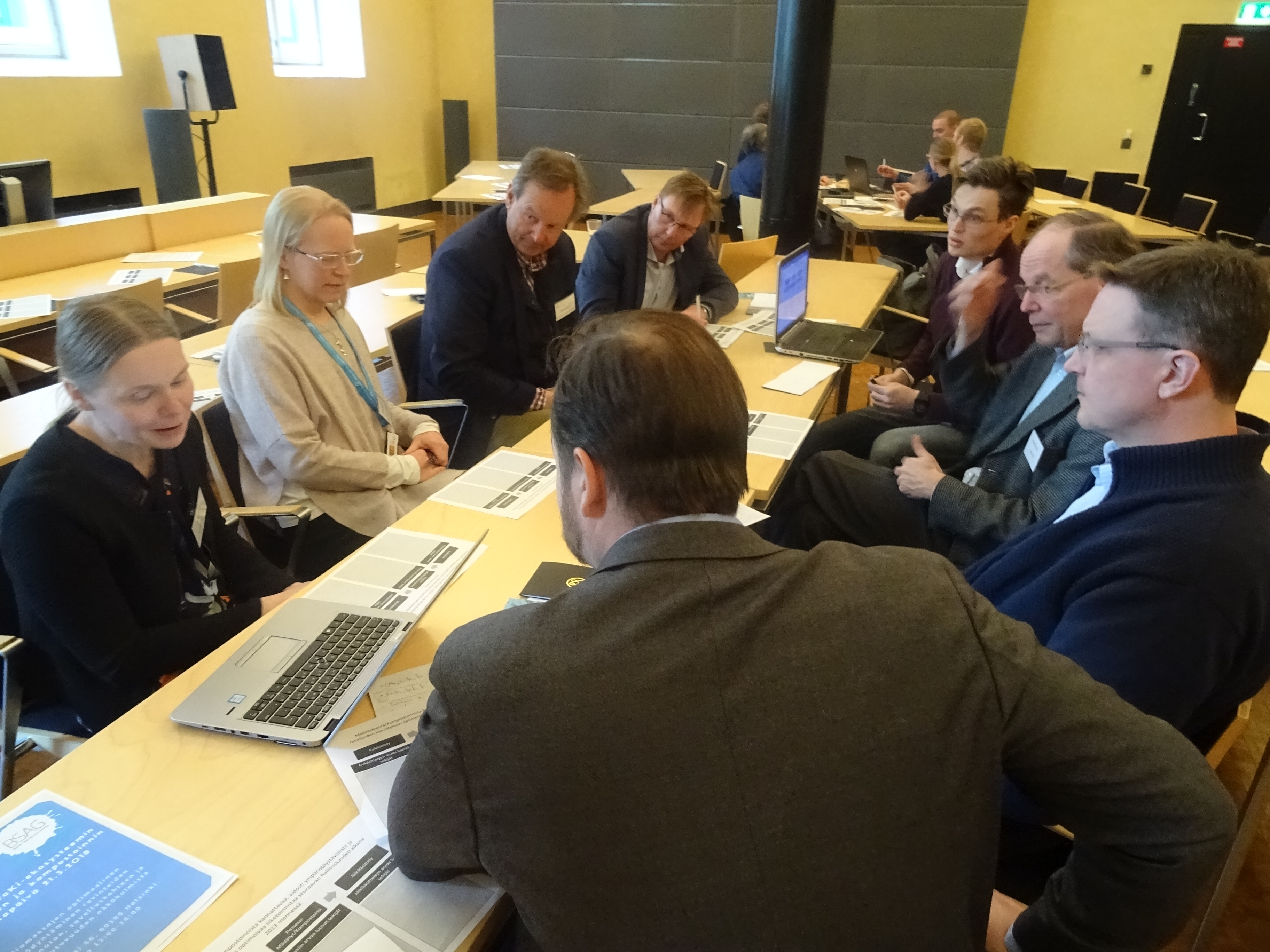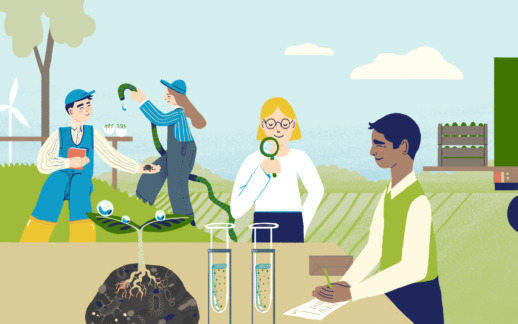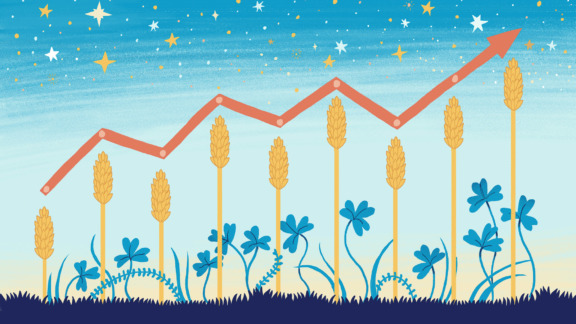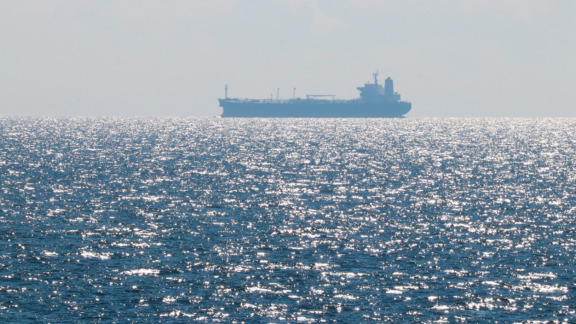Baltic Sea Action Group’s event on composting and anaerobic digestion
Baltic Sea Action Group’s Nutrient Cycling Ecosystem organized an event focused on anaerobic digestion and composting on March 21st in Helsinki. The aim was to find better solutions for the treatment of biomass and more efficient nutrient cycling. The day was a part of BSAG’s Nutrient Cycling Ecosystem, which creates sustainable and competitive business strategies around nutrient cycling.
One of the goals of the Nutrient Cycling Ecosystem is to make anaerobic digestion and composting cost-effective, environmentally friendly, and efficient in managing nutrients. Nutrients from manure can be used in fields, and prevented from leaking to waterways and the Baltic Sea.
Massive amounts of manure are formed in locations where the demand for manure is low. The objective is to develop methods and markets for manure processing, making it easier to transport manure to places where it is needed and thus balancing supply and demand.
– The European Union is revising its legislation, aiming for open internal market for these products. We should be prepared for this, which is why organizing this event now is relevant, says BSAG’s Secretary General, Mathias Bergman.
During the event experts illustrated different aspects of anaerobic digestion and composting. They demonstrated both the scientific background of manure processing, and practical experiences.
Leading researcher Mona Arnold from VTT Technical Research Centre of Finland illuminated the different aspects of anaerobic digestion. She presented both challenges and solutions.
– In Finland biogas produced by anaerobic digestion is mainly used for heating but for example in Sweden it is more commonly used as fuel, Arnold said.
Martin Romantschuk, professor in environmental biotechnology, stated that composting is often a more flexible way of handling biomass.
– However, it’s not without its problems. Often one of the by-products of composting is bad odour, which is mainly caused by lack of oxygen. We’ve had positive results with adding ash to the compost. It makes the compost less acidic, and raises its temperature. For example in Hyvinkää this was a successful way of neutralizing odours, tells Romantschuk.
Researcher Jaakko Mäkelä from Pasrea gave an example of a composting solution in a farm setting. It is carried out by a startup company in Petäjävesi, where a compost has been built under the floor of a lamb barn.
– Ten young and inspired students searched for and found new methods, says Mäkelä.
Christopher Garels from Helsinki Region Environmental Services Authority HSY spoke about solutions on an industrial scale. Their method combines the best aspects of composting and anaerobic digestion.
– For example, anaerobically digesting biowaste produces gas, and rest of the biomass can be composted.
Everything is possible, when right combinations are found. Advisor Toni Taavitsainen from Envitecpolis presented solutions from Suomussalmi, where a dairy farm had mixed farm slurry with excess grass.
– Manure turned odourless, and spreading nutrient-rich digestate on fields made fertilizers unnecessary.
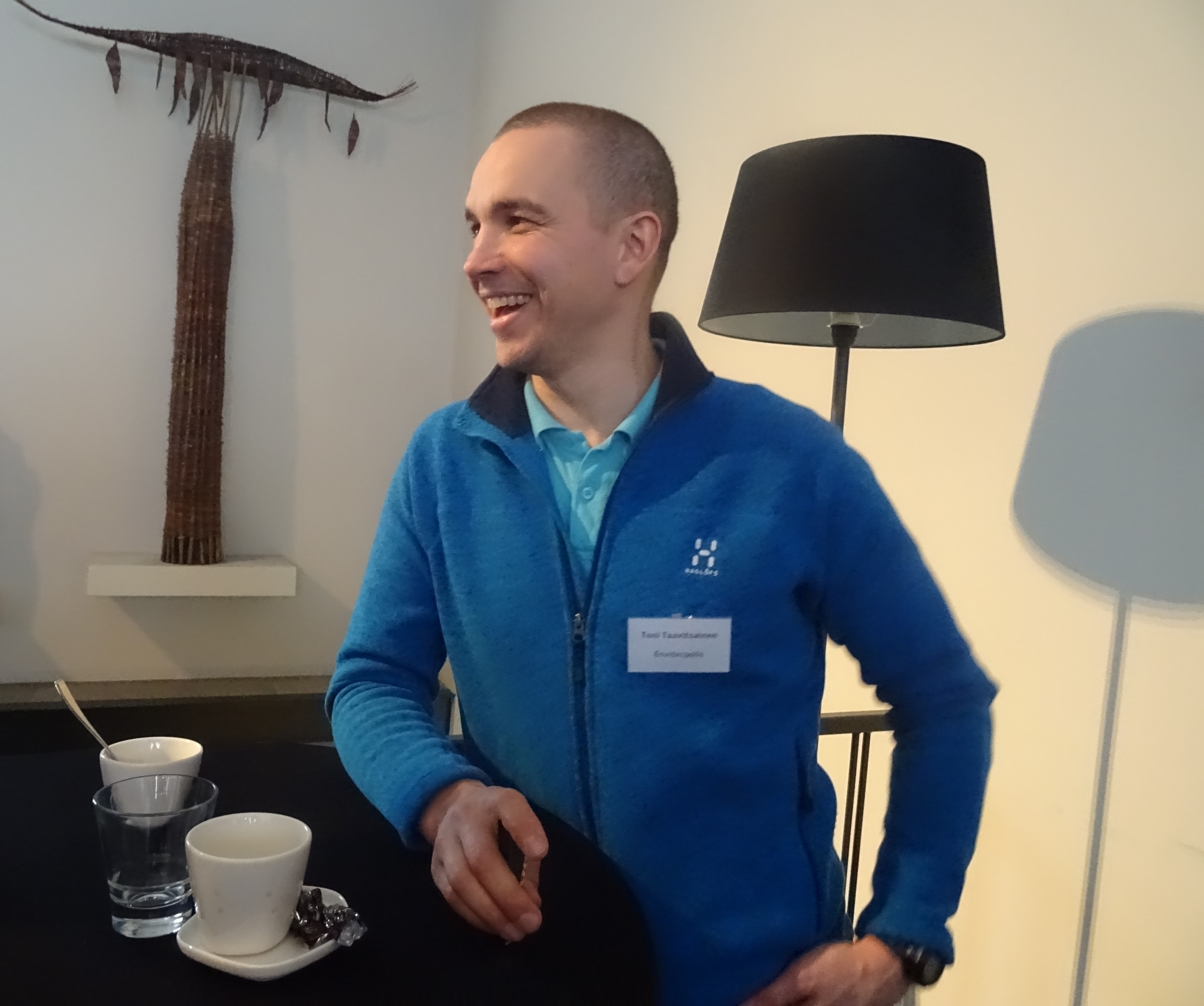
Colleagues and collaborators discussed these practices further in small groups. Groups covered the different phases of composting and anaerobic digestion; the formation of biomass, preparation stages, and post-processing of the compost or digestate. The aim was to identify features that add value to the processes.
